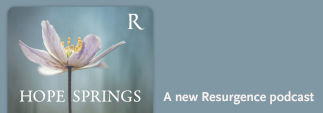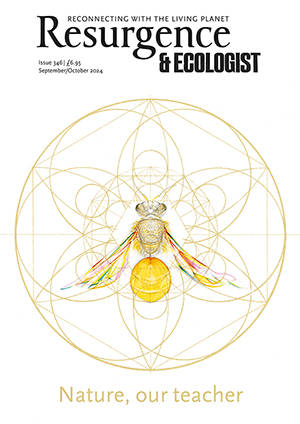You need bravery to take the middle ground these days. The internet is a big reason for this, where the most extreme voices are often amplified the loudest. But like Louise Gray’s The Ethical Carnivore, Hugh Warwick’s Cull of the Wild was a brave book to write. This is not only because they both cover controversial and divisive subject matter, but also because the authors recognise their own biases and choose to step out of their comfort zones, their own algorithmically built spheres, in order to see beyond their own perspectives. Warwick explains: “I needed to find a way of understanding, because I would never be able to get through this if I did not understand.” A skilled ecologist and writer, he is well suited to exploring the subject of killing for conservation, because his scientist self knows how to read cold, hard data with lucidity and integrity, while his compassionate self appreciates life in all its complexities: the grey areas of life that are more difficult to capture in spreadsheets and data sets. The core questions running through this book, which is as much about philosophy as it is about ecology, are these: can it ever be ethical to kill in the name of conservation? Why do we treat some species – and even individual animals within the same species – more humanely than others? And is it really possible to cause no harm to other species, even when we do nothing?
I lost track of how many times I swore, tutted or rolled my eyes at the different case studies explored in this book, agog at the foolishness of our ancestors for their hare-brained schemes to pick up and plonk different animals all over the world. Warwick explains how hedgehogs were introduced to New Zealand in the 1860s to help European settlers feel more at home – the poor loves – only for the hedgehogs to become a major predator of native bird eggs, invertebrates and lizards. We learn how American mink were released from fur farms established in the UK in the 20th century, only to decimate British water vole populations. And there are now so many Burmese pythons living in the Florida Everglades, escapees from the exotic pet industry, that some of the native mammal populations on which they prey have declined between 88% and 100%. The common theme connecting these conservation stories? The animals themselves have done nothing wrong except adapt and survive, and yet each of these problems is being tackled, in part, with eradication – the killing of certain species to protect the populations of others.
Ecology is complicated. Or rather, as one of Warwick’s experts points out, ecology is actually quite simple: it is “just science”. The problems come when you introduce humans into the equation. Because at the heart of it all, most humans are compassionate, and when we are faced with the idea of an innocent animal being put to death, we rebel against it. Without context, we can find it hard to reconcile the practice of culling within the broader sphere of conservation, even though it is usually only necessary because of our messy human history. Regardless of intention, we caused these problems, so we must find the solutions.
Is culling always the answer? It’s complicated. But the issue is expertly explored in Warwick’s book, which is not only poignant, but also humorous and humane. As the author writes, we cannot change the past, but we can find solutions in the present by listening to opinions beyond our own, and considering that, on the whole, doing good is perhaps better than being right.
Cull of the Wild: Killing in the Name of Conservation by Hugh Warwick. Bloomsbury Wildlife, 2024. ISBN: 978-1399403740







